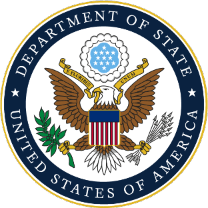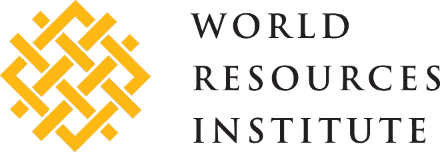Organisation Owner Type: NGO
Wildlife Sentinel
Wildlife Sentinel is an app to help staff at airports, airlines, and other aviation companies report suspected wildlife trafficking and corruption. The app is anonymous and is available for download on the Apple Store and Google Play Store.
EcoCrime Map
This map from Ecocrime Data, the Igarapé Institute’s new data visualization platform, provides an overview of the ways in which environmental crime threatens forests, traditional peoples and communities, and the region’s biodiversity.
The platform offers an immersive experience showing how land grabbing, illegal logging, illegal mining and the illicit wildlife trade are harming our climate. It also reveals the many social challenges that emerge from environmental crimes, including corruption, slavery and violence.
Wildlife Witness
Wildlife Witness lets you report illegal trade. It makes it simple for you to watch out for wildlife and be part of the solution. It is the first global community action tool to tackle illegal trade and gives you the power to make a positive difference. With the app you can report wildlife you see caught in trade, see reports you’ve made on a global map, learn about wildlife affected by trade, and learn what to look out for.
iNaturalist
Assists with general species identification. Every observation can contribute to biodiversity science, from the rarest butterfly to the most common backyard weed. The app shares community findings with scientific data repositories like the Global Biodiversity Information Facility to help scientists find and use community data.
Social and Behavioral Change Online Community of Practice
A community of conservation practitioners, non-governmental organizations, government agencies, academics, researchers, social marketers and advertisers who believe that behavioural science approaches can help to reduce demand for illegally traded wildlife products.
Tool for Rapid Assessment of Wildlife Markets in the Asia-Pacific Region for Relative Risk of Future Zoonotic Disease Outbreaks
The tool helps to assess wildlife markets and trade situations in the Asia-Pacific region to risks of future zoonotic outbreaks. The framework is intended to provide guidance to the region’s governments to assess the relative risk of potential new incidents of serious emerging infectious diseases associated with the trade in wildlife. The risk matrix, published in the One Health scientific journal, will initially be used to analyze wildlife markets in the Asia Pacific region. The evaluation tool recognizes the connection between people, nature and their shared environment, and provides a way for policy makers to take a holistic approach to ecosystem, animal and human health.
Picture Guide to Illegal Wildlife Parts & Products Commonly Found in Southeast Asia
This pocket guide was produced for quick identification of wildlife parts and products commonly sold in markets in Southeast Asia.
Traditional Asian Medicine Identification Guide for Law Enforcers: Version II
Identification guide for traditional Asian medicines in trade made to assist enforcers with determining which medicines and ingredients are legal or illegal, in the context of the cases they adeal with. The majority of law enforcers have no knowledge of Chinese characters and the many forms that these medicines take. This guide is primarily for law enforcers based outside Asia, in countries where large volumes of traditional Asian medicines are imported. The regions where this version of the guide may be of most use include Europe, North America and Australasia.
Global Environmental Crime Tracker
The interactive Global Environmental Crime Tracker has up-to-date data collected from publicly available information, including government reports, enforcement agency press releases and non-governmental and academic papers on environmental crime. It incorporates news media coverage in several languages and other details provided by partner NGOs.
The Ocean Actions Index
This is a compilation of input from advocates and researchers who were asked what can be done to better protect the oceans and its workers. This document consists of three levels. The first lists actions that individuals can take. The second itemizes actions governments or companies can take. The third offers broader context.


